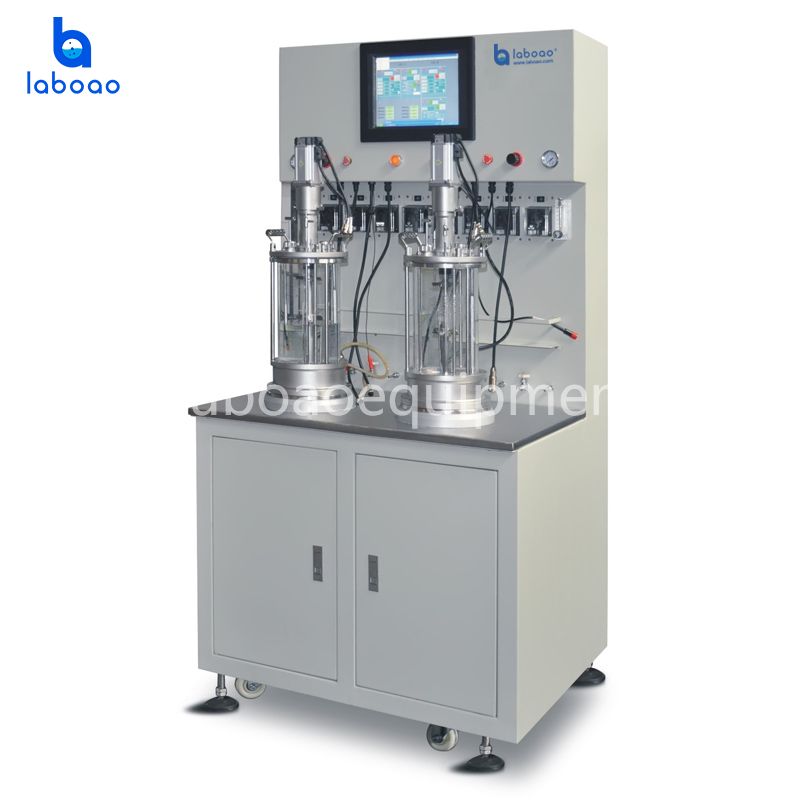How To Sterilize Stainless Steel Fermenters
In the production process, in order to ensure that the fermentation tank is in a sterile and non-polluting state during use, we all need to carry out all-round and thorough disinfection and sterilization of stainless steel fermenters.
Due to the complicated design of the fermenter, it is difficult to completely sterilize the fermenter at one time. So, how can we not only ensure the quality of work, but also thoroughly sterilize the fermentation tank? Let us take a look at it together.
To thoroughly sterilize, the air filter combined with the fermenter first needs to be sterilized with steam, and then dried with air. After the sterilization treatment in the tank, the long-term accumulated sewage in the feeding pipe of the fermentation tank is discharged and cleaned.
Especially when the sterilization work is in progress, each vent hole in the tank must be unblocked. It should be noted that the exhaust volume of each exhaust hole should not be too large, and everything should be based on saving gas consumption.
Wait until the pressure inside the fermenter is lower than the air pressure, and then directly input sterile air into the fermenter, so that the requirements of thorough disinfection and sterilization can be achieved.
Stainless steel bioreactors are widely used in dairy products, beverages, bioengineering, pharmaceuticals and other industries, and are commonly used fermentation equipment in modern industry. The stainless steel fermentation tanks are all made of 304 or 316L stainless steel. The inner surface of the tank is mirror-polished to ensure that there is no hygienic dead angle. The fully enclosed design ensures that the material is always in a sterile state.










-analyzer-1695623743955.jpg)

